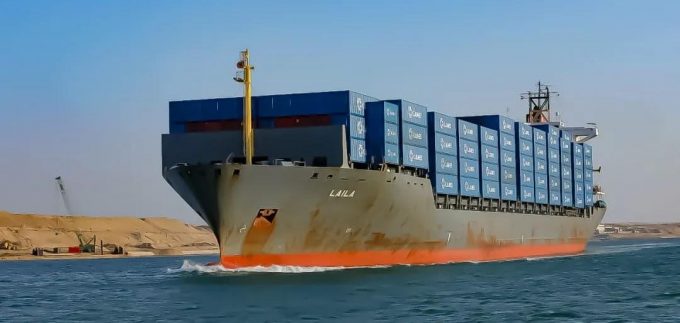Container teu-mile growth could go into reverse if Red Sea transits resume
Ocean container teu-mile trade grew 18% year on year in 2024, to 1,171 teu per ...

India-Middle East-Red Sea trades are seeing an influx of capacity from regional feeder carriers, with slots shared with NVOs for assured cargo support, as mainliners continue to reroute vessels via the Cape of Good Hope with longer transits and schedule disruptions.
CULines, CStar and UGL, relatively newcomers to the industry, have joined the capacity bandwagon, notwithstanding the perceptible security risks and higher insurance costs attached to Red Sea routings.
Under a vessel-sharing agreement, they have added ...
Transpacific sees first major MSC blanks as rates fall and volumes falter
'It’s healthy competition' Maersk tells forwarders bidding for same business
Opposition builds for final hearing on US plan to tax Chinese box ship calls
White House confirms automotive tariffs – 'a disaster for the industry'
Cargo chief quits WestJet as freighter operations cease
New price hikes may slow ocean spot rate slide – but for how long?
Supply chain delays expected after earthquake hits Myanmar
Good start for Gemini, liner schedule reliability data reveals

Comment on this article